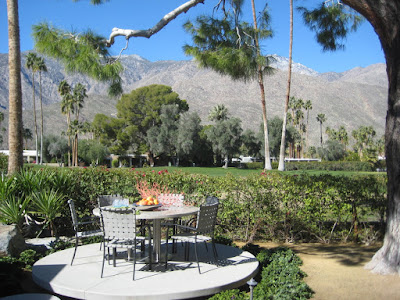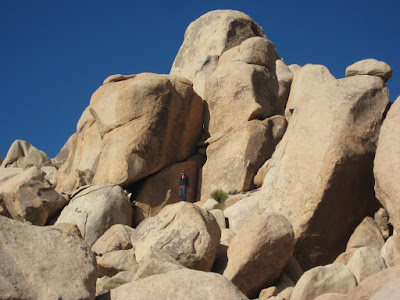The
Mosel like so many rivers in Europe unmasks different personalities as it passes
through many different regions of Germany. Beyond the bucolic landscapes dotted
with fairy-tale castles, terraced vineyards and rust-covered maritime
facilities, the Mosel provides a glimpse into its storied history of the
region.
Mother
Mosel (aka Moselle) River begins its journey in France and flows into Germany
where it twists sharply for 150 miles and deposits itself into the Rhine on its
way to the North Sea. Along this winding river gorge are found some of the most
classic Riesling wines in the world.
Once
the most efficient and fashionable means of travel throughout Europe, river
cruising continues to be an ideal way to discover the culture, cuisine and
unique characteristics of the many countries traveled through. Yet for all
their similarities, our two main avenues of travel last summer, the Rhine and
Mosel, wear two very different masks.
Father
Rhine, as it is called by the locals, has long been Europe’s most important
commercial waterway. Its scenic beauty has inspired countless myths and
legends. By introducing vines to the region, the Romans paved the way for the
excellent vintages that are a further source of the Rhine’s international
reputation.
Mother
Mosel, on the other hand, wears a very different moniker. Since the days of the
first Romans, over 2000 years ago, the most exquisite asset of the Mosel
countryside has remained its wine production. Its Riesling wines are known the
world over for their quality and taste.
The
Mosel is one of thirteen German wine regions known for quality wines. It is
Germany’s third largest in terms of production but some consider it the leading
region in terms of international prestige.
The
area is known for its steep slopes of the region’s vineyards overlooking the
river below. At a 65 degree incline, the steepest recorded vineyard in the
world is the Calmont vineyard located on the Mosel and belonging to the village
of Bremm.
Because
of the northerly location of Mosel, the Riesling wines are often light, tending
to lower alcohol, crisp and high in acidity, and often exhibit ‘flowery’ rather
than ‘fruity’ aromas. It’s most common vineyard soil is derived in main from
various kinds of slate deposits which tend to give the wines a transparent,
mineralic aspect, that often exhibit great depth of flavor.
Generations
upon generations of craftsmen have nurtured, embellished and refined a giant
open-air amphitheater to the honor of Bacchus, the God of Wine. The towering
slate cliffs store the day’s warmth for the cool evenings that follow while the
grapes ripen at just the right angle to the sun.
In
the middle ages, whole villages sprung up that were centered on the region’s
wine industry. These ‘wine villages’ included paths from the town center up to
the area’s vineyards. Nothing much has changed over the centuries except that
now those footpaths have been widened and paved over for heavy transport to
ascend the heights to harvest the grapes.
Dating
back hundreds of years, castles dot the countryside and
add to the beauty and charm of the region.
The
castles are a throwback to the age of kings and queens, lowly peasants, feudal
lords fighting for territory and knights in dented armor. There are huge castle
walls looking down on empty moats and dining halls with their huge oak tables
and tapestry on the walls. An age of chivalry and corruption and a rigid caste
system. A variable plethora of images for a fertile imagination.
For
me, the best part of the Mosel gorge were the periods of cruising its
waterways. Ensconced in a lounge chair on top of our ship, I was surrounded by
an IMAX presentation of surround sights and sounds and slowly moving images.
It became a place for me to get lost inside my
head and let my imagination flourish. A time to reflect, appreciate, access and
plan for the future. Different
surroundings but same results. A near-silent pass through history as time
slipped by and my thoughts turned toward the future.



































































